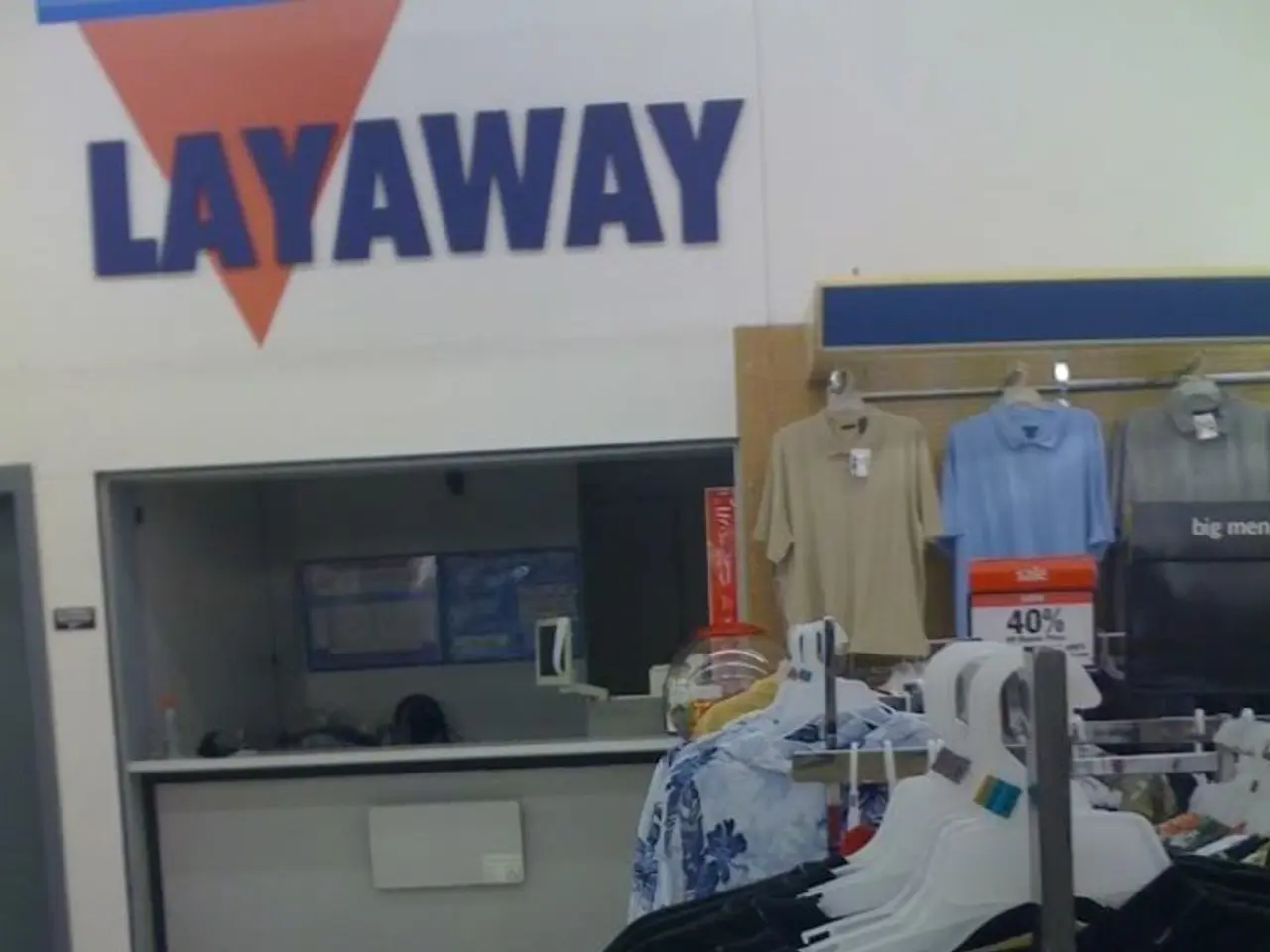2021 Trend Predictions: Fashion Apparel Revival, Increased Digital Emphasis, and More
In the ever-evolving retail landscape, 2021 promises to be a year of significant change as the industry adapts to the ongoing COVID-19 pandemic. Retailers are rethinking their strategies, prioritising digital engagements, and embracing new trends to stay afloat.
According to Deloitte, digital acceleration remains a top priority for 88% of retail executives heading into 2021. This focus on digital transformation is evident in the surge of online retail spending, which hit 40% during the spring and holiday season of 2020, according to Deloitte InSightIQ analysis.
As consumers continue to shop online, features such as curbside pickup, buy-online-pick-up-in-store, and ship-from-store are becoming absolute necessities for retailers. These options, which reduce social contact amid a pandemic and help retailers reduce the operational costs of e-commerce, saw a significant increase in usage since the onset of COVID-19 restrictions. According to the NPD Group, 34% of consumers reported using a buy online, pick up in store option, and 31% opted for curbside pickup.
The retail industry and its analysts are predicting trends for 2021, with a renewed focus on fashion as consumers look to update their wardrobes for new experiences. B. Riley Securities analyst Susan Anderson predicts that fashion will overtake casual as the preferred choice for many. Companies in the fashion retail sector, such as Brands Fashion GmbH, C&A Mode GmbH & Co. KG, H&M Group, s.Oliver Group, Tchibo GmbH, Hugo Boss AG, KiK Textilien und Non-Food GmbH, and Vaude Sport GmbH & Co. KG, could benefit from this renewed popularity of fashion markets as consumer demand rebounds after COVID-19 protection measures are lifted.
However, the retail industry is not without its challenges. Many more retailers are expected to file for bankruptcy, while those with deep pockets will make opportunistic acquisitions or consolidations in 2021. General cost cuts and lean inventories adopted last year could stick in 2021, boosting the bottom line for retailers and brands.
Consumer players are also continuing to rationalize their brand portfolios to reduce supply chain complexities and prioritize core brands for growth and scale. Investments in direct-to-consumer channels and digitally native brands may help companies stay relevant amid rapid online sales growth.
As consumer data becomes more readily available, retailers have new opportunities to tap into shopper data for personalizing the shopper experience. Online shopping by consumers over 65 remained strong throughout 2020 and could continue despite some returning to brick-and-mortar shopping after vaccination, according to the NPD Group.
Other growth areas, like gaming and home productivity, could continue their post-pandemic growth, according to the NPD Group. The total value of mergers in the consumer market ticked up by 7% from 2019, according to a recent PwC report, suggesting a consolidation of the industry as retailers seek to adapt to the changing landscape.
Retailers must think through how these options will work in the long run, as the time for putting Band-Aid on fractures between channels is over. The industry is expected to see a continued increase in demand for digital engagements through 2021, according to Deloitte. The future of retail lies in embracing digital transformation and adapting to the changing needs of consumers in a post-pandemic world.






